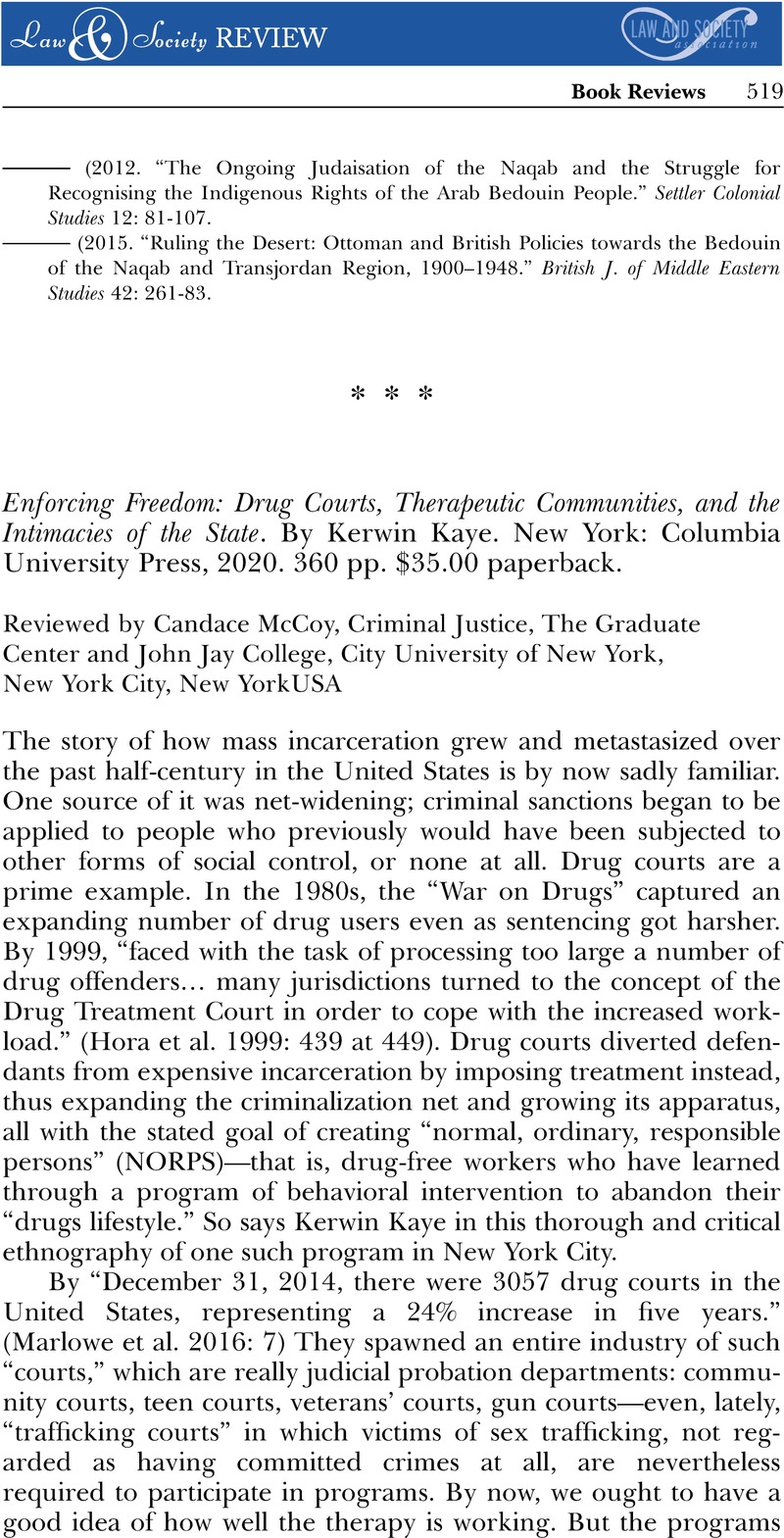Planalp, Colin and
Lahr, Megan.
2017.
The Opioid Epidemic: National Trends in Opioid-Related Overdose Deaths 2000–2015.
Robert Wood Johnson Foundation, State Health Access Data Assistance Center).
https://shadac.org/sites/default/files/publications/NATIONAL_opioid_brief_2000-2016.pdf. Accessed March 1, 2020.
Google Scholar 